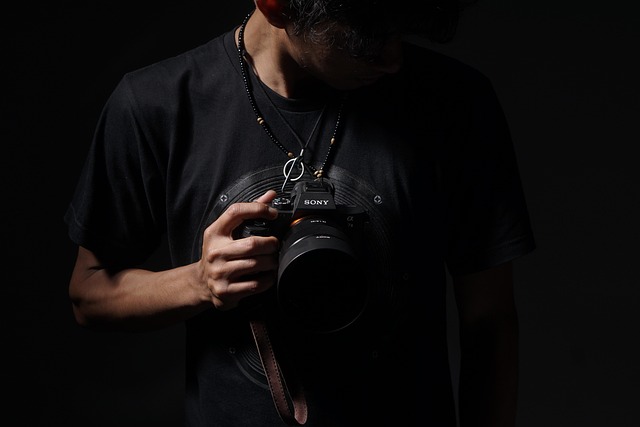As a portrait photographer, the journey of capturing the essence of an individual through the lens is both an art and a science. The interplay of light, shadow, expression, and composition turns a simple image into a profound story. But at the heart of this intricate process lies the undeniable significance of optics and camera techniques.
Understanding your camera is fundamental. Each model has unique specifications that can either enhance or limit your creativity. The choice of lens is crucial; a prime lens, for instance, can create stunning depth of field, isolating your subject beautifully from the background. This effect allows you to emphasize emotions in your portraits, giving life to the viewer’s experience.
When choosing a lens for portrait photography, consider the focal length. Lenses in the range of 85mm to 135mm are often preferred by portrait photographers for their ability to flatter facial features while providing a comfortable distance between you and your subject. In contrast, a wide-angle lens can distort features if not used carefully, which can take away from the intended effect.
Light, the most significant element in photography, can transform a shot from ordinary to extraordinary. Natural light often produces the most flattering results, particularly during the golden hour—right after sunrise or before sunset. However, mastering artificial lighting techniques, such as using softboxes or reflectors, can offer you the flexibility to work in any environment. Understanding how to manipulate light, whether it’s soft, diffused, or harsh, is essential for a portrait photographer aiming to evoke specific moods and aesthetics.
Furthermore, the use of optics extends beyond just lenses. The aperture setting can dramatically influence the depth of field in your portraits. A wider aperture (like f/1.8 or f/2.8) creates a beautifully blurred background, making your subject stand out. However, as you narrow the aperture, more of the scene becomes in focus, which can be useful for group portraits or when you want to include background elements that tell part of the story.
Another important technique is understanding the rule of thirds. By positioning your subject off-center, you can create more engaging and dynamic compositions. Try experimenting with angles and perspectives, too; sometimes the most captivating portraits come from shooting at unusual heights or framing your subject against unique backdrops.
The journey of a portrait photographer is filled with moments of discovery, patience, and creativity. Embracing the technical aspects of your camera while allowing your artistic vision to flourish will lead you to create images that resonate emotionally with viewers. Every click of the shutter is a step towards mastering your craft, blending the worlds of optics and artistry into one breathtaking photograph.


